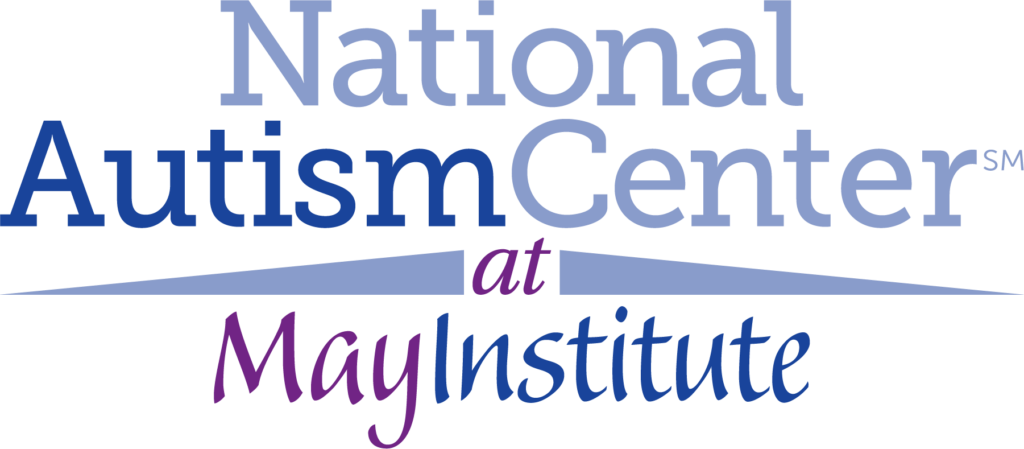Recent posts
Commentary: Statement from May Institute Regarding CDC’s New Rate of One in 59 Children Identified with Autism Spectrum Disorder
Randolph, Mass. – The statistics just released by the Centers for Disease Control and Prevention (CDC) about the increase in the prevalence rate of autism spectrum disorder (ASD) in U.S. children are an important reminder of work that still needs to be done.
There likely are several factors contributing to this increase. First, as noted by the CDC, ASD is now diagnosed more often among children of color, and in particular black children. This is actually good news, as it suggests that we are doing a better job identifying children in some historically under-reached communities. The continued increase may also be due to factors that have now been in play for several years, including increased overall recognition of the symptoms of ASD and the broadening of the diagnostic criteria for ASD.
The CDC findings also highlight an area for continued focus, and that is in how quickly a child receives an autism diagnosis. Although the vast majority of families reported developmental concerns before a child’s third birthday, fewer than half the children in the sample were diagnosed prior to the age of 4.
We must redouble our efforts to educate families and practitioners about autism’s early warning signs and diagnose children at a younger age. The earlier a child is diagnosed, the better the long-term outcome. Research shows that early diagnosis and intervention during the first years of a child’s life can significantly impact his or her long-term prognosis, particularly in the areas of language and social behavior.
We must also make information about the most effective evidence-based treatment for autism universally available, and create easier, faster, and more affordable access to that treatment for every child and family that needs it, across all communities, ethnicities, and socio-economic groups.
Autism is a life-long challenge, and we must focus on long-term solutions. As the groundswell of children with ASD continues to expand, we face an overwhelming number of individuals with autism moving into and through adulthood. They often face daunting challenges as they grapple with transitioning into adulthood, finding appropriate housing and support services, securing meaningful work opportunities, and building a life integrated into the broader community. In addition, there continues to be a lack of meaningful research of evidence-based interventions for adults.
Life outcomes for a growing number of Americans depend on decisions we make today to address the rising tide of autism spectrum disorder.

